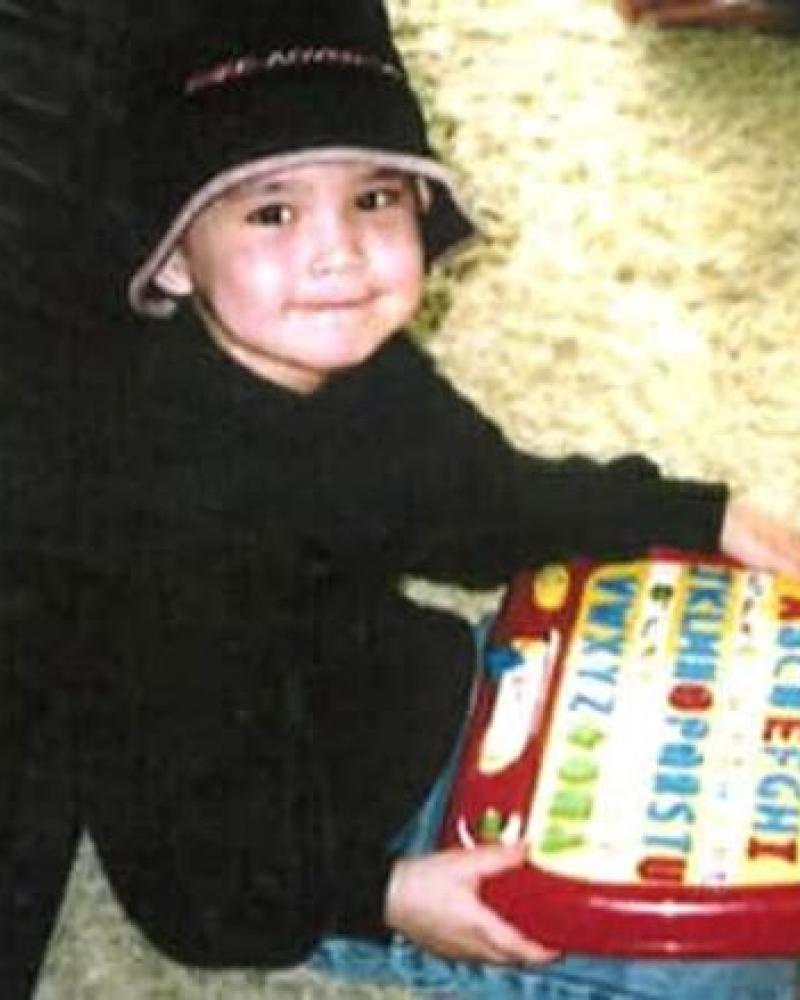The Following is a portion of the article written by: Marsha McLeod
By: Marsha McLeod
Posted: 1:30 PM CST Friday, Dec. 22, 2023
Just before 1 a.m. on Aug. 2, 2019, two Winnipeg police officers arrived at an Elmwood home. Within minutes, a man would be handcuffed face-down on a sidewalk, his ankles shackled, struggling to breathe.
Two days later, that man, Viengxay Chommany, 42, would be dead. Details of what happened that night come from two documents — a report from the Independent Investigation Unit of Manitoba, the province’s police watchdog, that cleared the officers of criminal wrongdoing, though police refused to be interviewed and only provided their notes, and a civil lawsuit filed in 2021 by Chommany’s family.
According to the two officers, they broke down the front door when they saw Chommany assaulting his wife through a window. According to the lawsuit, Chommany’s wife says no such assault happened — not that night, not ever. And that she only called police as her husband, who lived with bipolar disorder and schizophrenia, was off his medications and acting strangely.
When police crashed through the door, Chommany’s wife says the officers began aggressively yelling at him. Chommany asked the officers if their guns were real. Suddenly, he ran out the door, shoeless, with officers in pursuit.
Kris Saxberg is a lawyer representing Chommany’s family in an upcoming inquest and civil lawsuit. He raised similar concerns, referencing the IIU report and autopsy report, the latter of which was provided to Chommany’s wife outside the inquest process. The lawsuit alleges Chommany died as a result of assault by the two police officers. It also names Winnipeg police Chief Danny Smyth as a defendant, saying he failed to provide adequate training around how to de-escalate situations involving mental health crises. (The allegations have not been proven in court.) “It’s almost like there was a bias to find excited delirium as the cause and move on to the next case,” Saxberg said. “I don’t mean a bias that anyone’s trying to do something improper — it’s just that it’s a lazy way of wrapping up the case.” Saxberg argues the chief medical examiner’s office didn’t do enough to dig into the cause of death. He noted the autopsy report found the effect, if any, of the Taser use couldn’t be determined and it didn’t mention Chommany being punched in the face. But it does raise the possible effect of Olanzapine, suggesting it could increase the risk of arrhythmia especially during a struggle, despite the medication only showing up in minuscule amounts, Saxberg noted. Saxberg said excited delirium suggests Chommany died because of an underlying condition, making it his own fault, “as opposed to anything the police were doing at the time.”
The first officer said he punched or kneed Chommany four times in the thigh or shoulder. The second said he punched him in the face roughly five times, then Tasered him, before managing to get handcuffs on. A third officer arrived and shackled Chommany’s legs.
A Manitoba pathologist would later determine Chommany died from complications of “Anoxic Brain Injury” due to “Probable Arrhythmia” due to “Excited Delirium.” The syndrome known as excited delirium is said to cause a wide array of symptoms: from an inability to feel pain, to superhuman strength and excessive sweating, to an aversion to shiny objects and talking in gibberish.
Read Full Article in the PDF below









